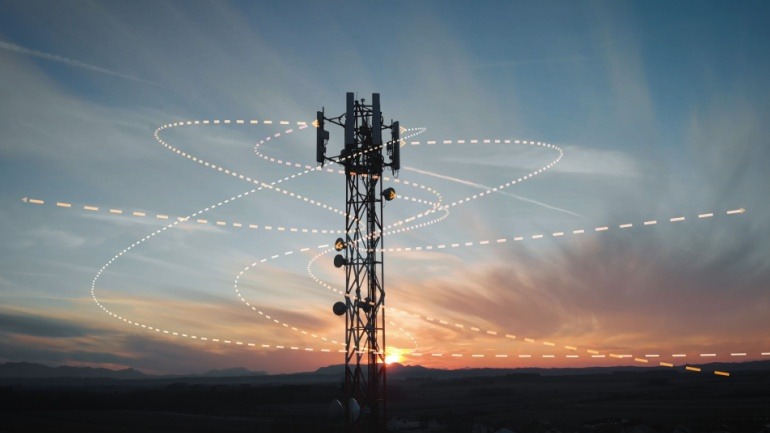Nokia has partnered with Rockwell Automation to test private 5G in standalone mode in the 3.55-3.7 GHz CBRS band in the US. This collaboration aims to control and automate industrial assets using EtherNet/IP protocols. The testing incorporates time-sensitive networking (TSN) capabilities, which have been long promised in ultra-reliable low-latency communications (URLLC) versions of the wireless 5G standard in 3GPP releases 17 and 18.
In addition to their work with Rockwell, Nokia is collaborating with RUCKUS Networks to provide a combined fiber and Wi-Fi solution for in-building and campus-wide broadband connectivity.
The blog post from Nokia highlights that their private wireless and edge computing solutions have enabled a connectivity platform for Rockwell’s industrial automation testbed. They successfully validated low latency and jitter, supporting the EtherNet/IP standard and safety I/O communications without the need for special tuning or configuration. The setup worked out-of-the-box, which is a significant development for running high-end Industry 4.0 applications on private 5G.
While the blog doesn’t outline commercial go-to-market strategies, the nature of the collaboration suggests significant potential for high-end Industry 4.0 applications running on private 5G. It’s worth noting that despite the focus on broadband in CBRS spectrum in the US, Rockwell has not previously highlighted private cellular networks. This seems to be Nokia’s initiative, although Rockwell co-authored and hosted the experiment.
The Rockwell testbed includes Nokia baseband units, radio (RAN) units, and the Nokia MX Industrial Edge (MXIE) server. This setup supports multiple automation devices behind a single wireless router without requiring special tunneling or extra equipment. The performance observed with CBRS matches results from other licensed sub-6 GHz bands globally.
The blog mentions the industrial support in CBRS for emerging technologies like industrial IoT, augmented reality (AR), and artificial intelligence (AI). They list various use cases, such as edge-to-cloud connectivity for AI and ML applications, connected worker applications, mobile asset applications for automated guided vehicles (AGVs) and autonomous mobile robots (AMRs), and untethered stationary industrial assets, eliminating the need for cables.
Separately, Nokia has joined with RUCKUS Networks, a CommScope company, to integrate fiber and Wi-Fi into a single solution. This hybrid solution is tailored for diverse industries, including multi-dwelling units, offices, large venues, medical facilities, and other enterprise segments. It combines Nokia’s optical LAN with RUCKUS Network’s enterprise Wi-Fi and switching solutions and can be deployed by various connectivity providers.
Bart Giordano, president of networking security solutions at CommScope, said the partnership would change the economics for in-campus connectivity solutions for enterprise and vertical segments. Sandy Motley, president of fixed networks at Nokia, highlighted that fiber reduces energy costs by 40% and total cost of ownership (TCO) by 50%.







